When guidance a dog, you want to be very careful of the dog guidance hand signals that you hand over your dog. In many cases, only the smallest amount of change in how you hold your hand will vary how to dog reacts to the signal.
In most cases, dog exercise hand signals are not as important with basic obedience in comparison to the command and how well the dog reacts to that command. But, hand signals can be very important for hunting and various competitions. For example, when training for competition, especially agility, how you hold your hands and how you provide your signals can greatly determine what obstacle your dog takes next.
Dog guidance hand signals are a wondefull means to ensure that your dog's attention is always on you, as he's waiting for his next step. By using hand signals, you can easily reinforce your verbal commands.
When training your dog, your dog guidance hand signals need to be consistent every time. You want to make sure that you keep your hands steady and clear. Still the most intelligent and well taught dog can get easily confused with dog exercise hand signals that are similar, unsteady, or only not given properly.
Common dog guidance hand signals can include:
Sit- By means of a fist or an open hand, make an upward motion
Stay- Make certain that your hand is open and flat, opposite your palm to your dog
Lay down- With an unlock hand, keeping the palm side of your hand facing down, make a downward motion
Dog instruction hand signals are great in many situations, and you can easily make up your own hand signals for different instructions that you want to use when instruction your dog. Simply remember to maintain things simple for your dog to learn.
And remember that it's best when you first start exercise your dog with hand signals, that you carry on to say the verbal command at the same time that you give the hand signal. This way, the dog will associate the hand signal with the verbal command. You do not want to move on to a new hand signal until your dog is reliant and doesn't miss a hand signal. Always start with no distractions and slowly put in one or two distractions at a point in time to ensure that the dog fully comprehends the signal with the response that you want.
It's best to start with simple hand signals, and once your dog is fully trained and cooperates with those hand signals, start adding more to your guidance agenda. You only want to make sure that you stay calm and patient; when your start to get frustrated, so will your dog. Remember that he's not born knowing dog training hand signals and commands.

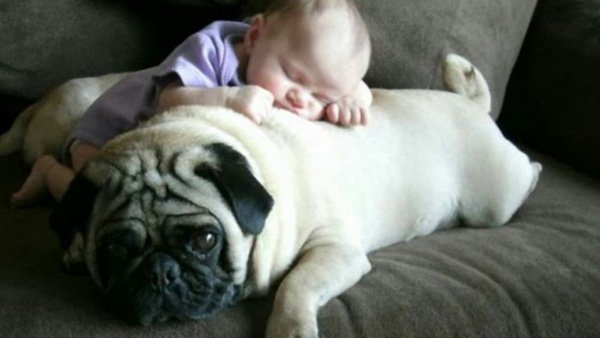 Tips for Caring YourPet Better and Keeping Them Happy
Tips for Caring YourPet Better and Keeping Them Happy
Tips for Caring YourPet Better and Keeping Them Happy
Tips for Caring YourPet Better and Keeping Them Happy
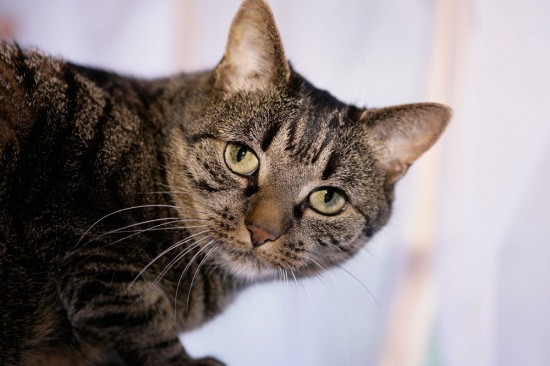 Stroke In Cats - All About Feline Stroke
Stroke In Cats -
Stroke In Cats - All About Feline Stroke
Stroke In Cats -
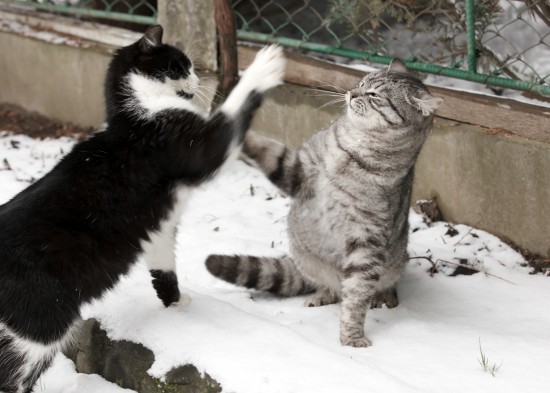 Help, How Can I Stop My Cat From Fighting - Cat Aggression
Help, How Can I S
Help, How Can I Stop My Cat From Fighting - Cat Aggression
Help, How Can I S
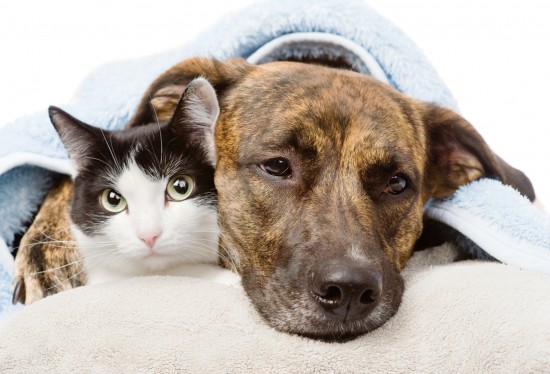 Tips To Help Dogs & Cats Lose Weight Safely & Effectively
Tips To Help Dogs
Tips To Help Dogs & Cats Lose Weight Safely & Effectively
Tips To Help Dogs
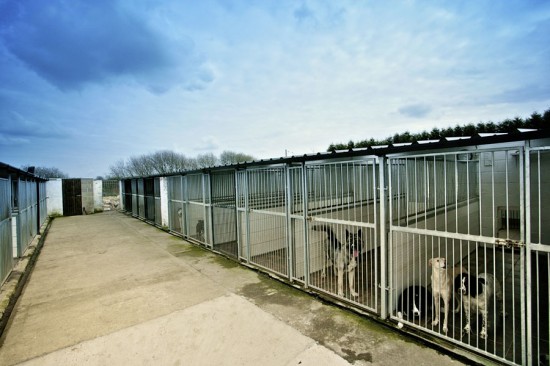 How To Choose A Boarding Kennel For Your Dog
How To Choose A B
How To Choose A Boarding Kennel For Your Dog
How To Choose A B